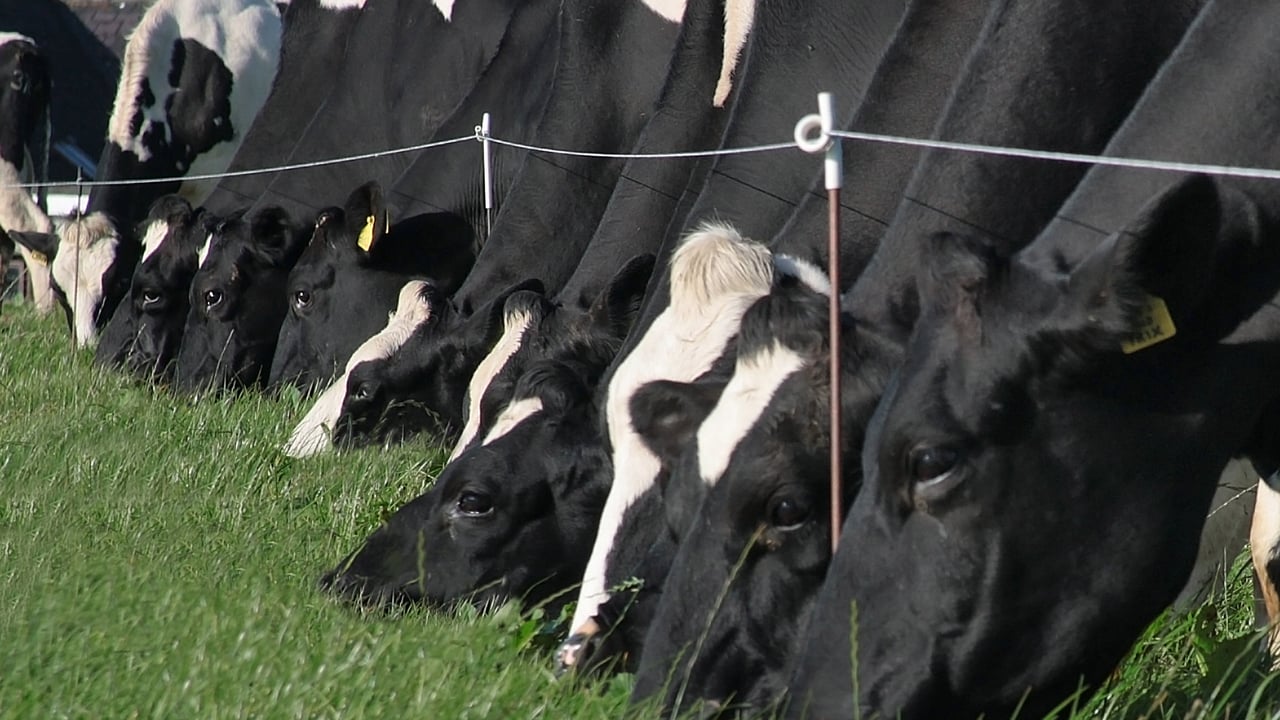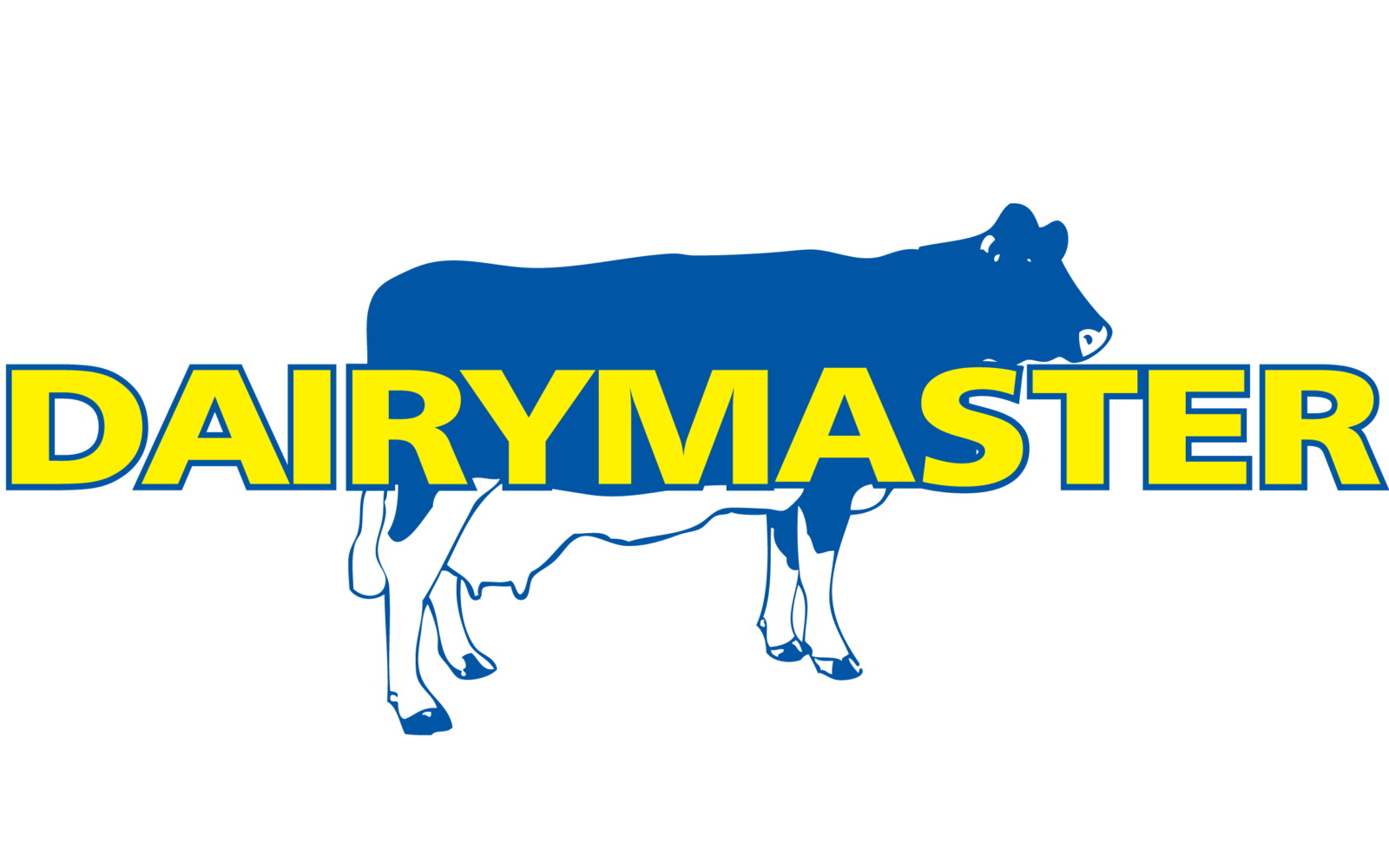Study: Methane emissions from UK dairy farms higher than thought
Methane emissions from slurry stores on dairy farms may be up to five times greater than official statistics suggest, according to a new UK study.
The research conducted by the University of East Anglia (UEA) and the International Fugitive Emissions Abatement Association (IFEAA) suggests that the ‘Tier 2’ calculations used by countries to report their emissions annually to the Intergovernmental Panel on Climate Change (IPCC) may not be robust.
Current national inventories of greenhouse gas (GHG) emissions report that enteric emissions, which are those coming directly from animals’ digestive systems, are up to nine times higher than those from manure management, including the storing and spreading of slurry and manure.
However, these findings, reported in the journal Environmental Research, Food Systems, suggest the balance between enteric emissions and those from manure management could be much closer to 50:50.
The study also highlighted the environmental and economic potential of converting methane gases to biogas.
The researchers analysed measurements of slurry lagoon emissions from the two dairy farms in Cornwall, England during 2022-23.
The lagoons were covered with airtight covers and the methane emissions were captured.
The researchers found slurry lagoons produce far more methane than suggested by official estimates, such as those based on methods developed by the IPCC.
Actual methane emissions from the farms were 145kg/cow/year and 198kg/cow/year respectively.
This is four to five times higher than the existing official figure of 38kg/cow/year reported in the UK’s National Inventory.
If the measurements reported in the journal paper were representative of the UK, total methane emissions from manure management slurry emissions would be 318,000 tonnes per year rather than the reported 71,000 tonnes.
Manure management would also make up 46% of all dairy methane emissions rather than the reported 23%.
The study has recommended that the UK government prioritise research and development, increase grants for slurry covers and extend financial support to associated gas processing equipment.
The study shows that if captured and turned into biogas, emitted methane could be worth more than £400 million a year to the dairy sector in saved fuel costs, or around £52,500 for an average-sized dairy farm.
The researchers noted that if capture technology, which already exists, was rolled out across the EU dairy herd, the conversion of methane to biofuel could reduce emissions equivalent to an estimated 5.8% of the remaining global temperature rise budget, if the temperature were to be kept to 1.5° of warming.
The authors also call for greater focus from researchers and political leaders on emissions from manure management.
Professor Neil Ward, of the Tyndall Centre for Climate Change Research at UEA, said that "the standard international methodology looks to be underestimating methane emissions from slurry storage".
“Fortunately, we have the technology to turn this problem into a business opportunity for farmers who can reduce energy bills and become energy independent if they capture and make use of methane as a fuel.
“If emissions from manure management are being significantly under-estimated, this not only means that official estimates are inaccurate, but also that priorities around mitigation options might be being distorted.
“This research therefore represents an urgent call for action and further work to better understand methane emissions from manure management," he said.
The researchers also suggest simplifying planning and permitting processes, and tax breaks for supply chain investment in methane recovery and use, such as investments by milk processors in supplier farms.
Professor Penny Atkins, IFEAA chief executive, said: “The cumulative contribution of methane from dairy farm manure management is significant and this data shows we must act now to curb emissions.”





